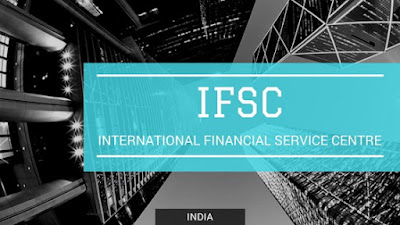What are the services an IFSC can provide?
—Fund-raising services for individuals, corporations and governments
—Asset management and global portfolio diversification undertaken by pension funds, insurance companies and mutual funds
—Wealth management
—Global tax management and cross-border tax liability optimization, which provides a business opportunity for financial intermediaries, accountants and law firms.
—Global and regional corporate treasury management operations that involve fund-raising, liquidity investment and management and asset-liability matching
—Risk management operations such as insurance and reinsurance
—Merger and acquisition activities among trans-national corporations
Can an IFSC be set up in a special economic zone (SEZ)?
The SEZ Act 2005 allows setting up an IFSC in an SEZ or as an SEZ after approval from the central government.
What does an IFSC require?
IFSCs such as Dubai International Financial Centre and Shanghai International Financial Centre, which are located within SEZs, have six key building blocks:
—Rational legal regulatory framework
—Sustainable local economy
—Stable political environment
—Developed infrastructure
—Strategic location
—Good quality of life
Should an IFSC be located within an SEZ?
Since India has many restrictions on the financial sector, such as partial capital account convertibility, high SLR (statutory liquidity ratio) requirements and foreign investment restrictions, an SEZ can serve as a testing ground for financial sector reforms before they are rolled out in the entire nation. Apart from SEZ-related incentives, as per the SEZ Act, there is an exemption from the securities transaction tax levied under Section 98 of the Finance Act, 2004, in case taxable securities transactions are entered into by a non-resident through an IFSC.
Why are banks taking up space in the GIFT SEZ?
Commercial banks are allowed to open offshore banking units (OBUs) within SEZs, which are deemed as overseas branches. Such OBUs can trade in foreign currencies in overseas markets and also with Indian banks, raise funds in foreign currency as deposits and borrowings from non-resident sources and provide loans and liability products for clients. State Bank of India set up its first OBU at Santacruz Electronics Export Processing Zone in Mumbai, in 2003.
Mayur Jagtap
Investment Consultant
jagtapmayur.v@gmail.com
For regular and daily small update
Article is for educational purpose only copyrights may associate with Livemint.

Comments
Post a Comment